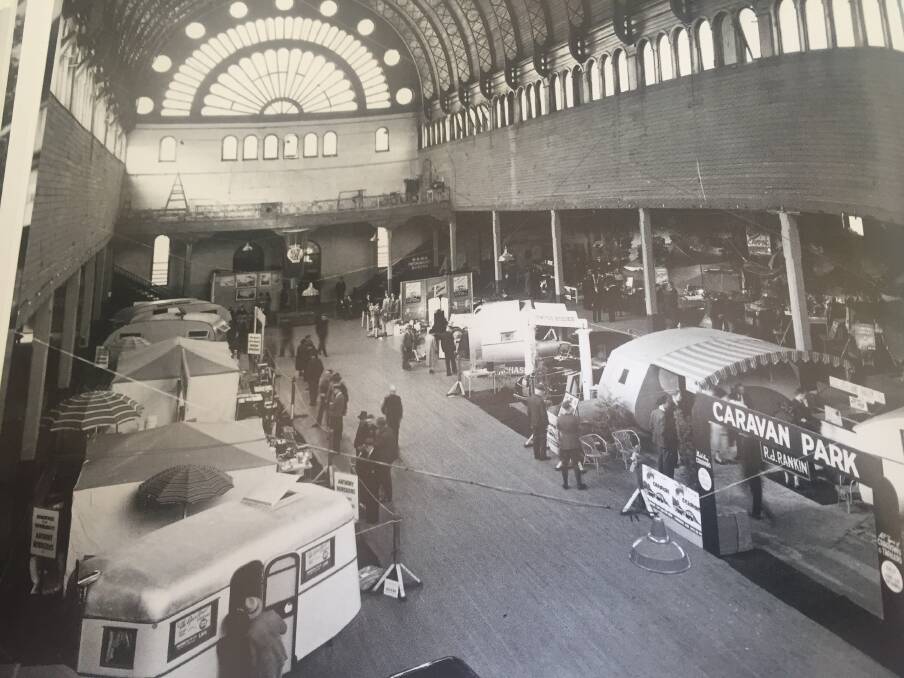
Many moons ago, someone thought of putting a house on wheels and taking it the road on holidays.
It might have sounded odd at the time but the idea caught on, spawning generations of caravanners and, later, the grey nomads for which Australia is famous.
The rich history has been beautifully documented in Recreational Vehicles: A World History 1872-1939 by Sydney author Andrew Woodmansey.
It's published by Pen & Sword in the UK and distributed in Australia by Peribo. It is a high-quality hardback in square format and also available as an ebook. It's available from Amazon, Booktopia and all good bookshops.
The book has an $85 price tag in Australia but is now available under $60 from Booktopia and, depending on exchange rates, Amazon.
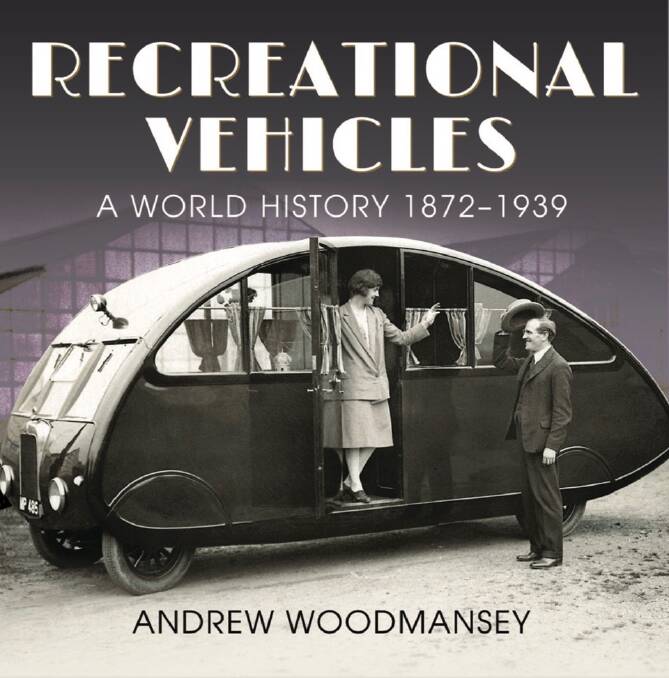
Andrew is a recreational vehicle historian. Born near England's New Forest, he enjoyed many family caravan holidays as a child.
After studying at Cambridge University, he embarked on a finance career spanning six countries, finally settling in 2000 in Australia, where he worked in senior operational roles at the Sydney Opera House and elsewhere.
In 2014 he wrote The Caravan Buyers Guide. Andrew now writes about RV history and explores Australia in his camper trailer - of course.
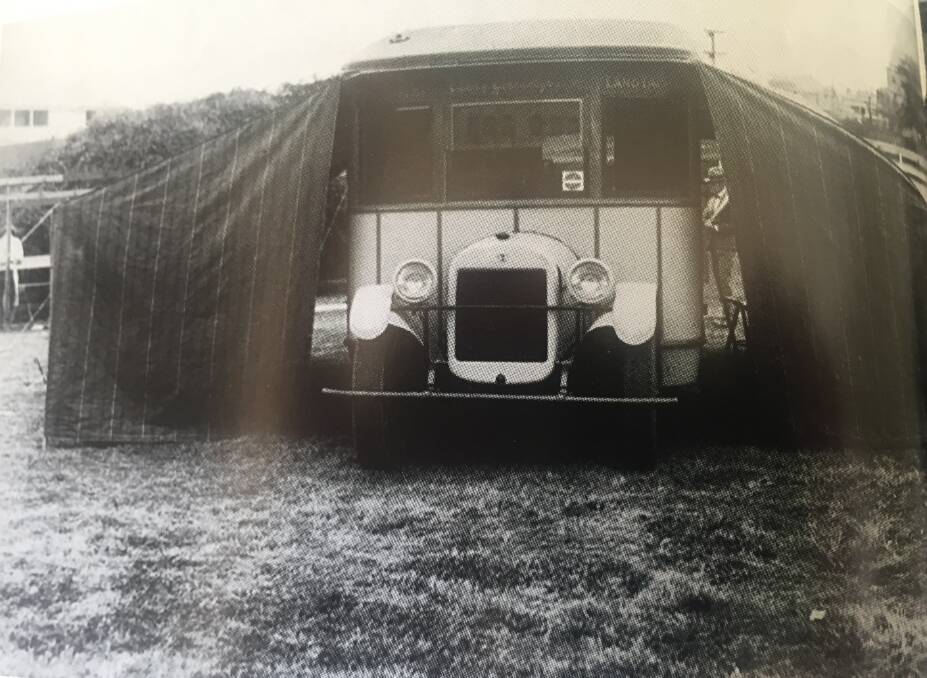
"I have been overwhelmed by all of the positive reviews of the book so far from around the world. In the UK it has been shortlisted by The Society of Automotive Historians for the award of Best Motoring History Book of 2022. In their review they say that it's 'a meticulous volume that is surely destined as the standard reference work about caravans and motorhomes'.
"It has chapters on the UK, USA, France, Germany, Australia and New Zealand, illustrated by 300 black and white images of archival quality. It features not only the vehicles but also their designers, owners and users. As such it is a social and leisure history of the early twentieth century as well as an automotive one. With its new discoveries of early RVs from around the world, the book re-writes RV history."
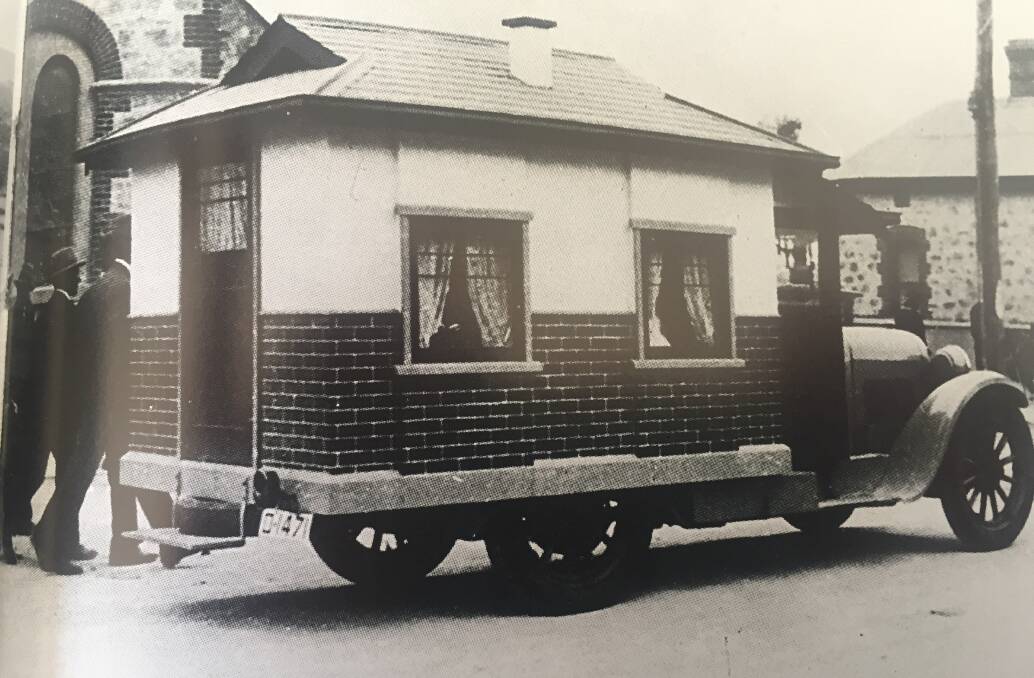
Today there are 15 million recreational vehicles, or 'RVs', on the roads of Europe, the USA and Australasia. So how did this fascinating family of vehicles come about? Who were the first recreational nomads, what made them want to take to the road just for pleasure and what did the first RVs look like?
Every chapter is compelling but my fellow Aussies will love the chapter on Australia which reveals that Australian newspapers frequently published stories on the RV craze in the UK and USA from the early 1900s yet was a relatively late "RV adopter".
That's stunning when you consider how many Aussies hitch the van up and go touring every year. We've certainly made up lost time.
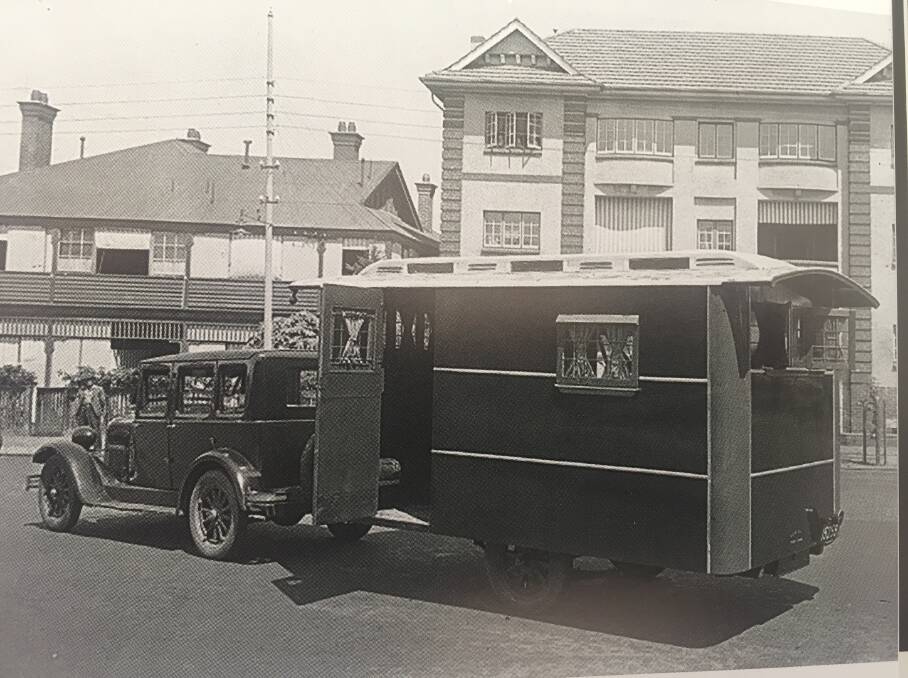
In fact, The Border Star in Queensland reported on the craze on September 30, 1939: "Southern builders alone have made hundreds of caravans for the coming holidays, and hire caravans - for they can be rented like a house - are ten times too few to meet demand. Those who are not going in a caravan would like to be going. For caravans, like ships, appeal to the childish delight in 'cubby houses', in miniature and make-believe; and they please a more mature sense of ingenuity with their amazing combination of all essentials and luxuries in a space which, from the outside, looks ridiculously inadequate."
The book explores the wild ideas of RV pioneers around the world led to both successes and spectacular failures. This history beautifully illustrates the vehicles and exploits of the early RV mavericks with over 250 period photos of the vehicles, their builders and their owners. It explores the evolution of the RV from its horse-drawn roots through the steam era to the golden age of 1930s caravans and motorhomes. Many rare photos of early RVs were uncovered during the research for this book and are being published for the first time. These photos shed new light on the history of the RV.
The RV family is a global one, with six countries in particular having a strong RV heritage - the UK, USA, France, Germany, Australia and New Zealand.
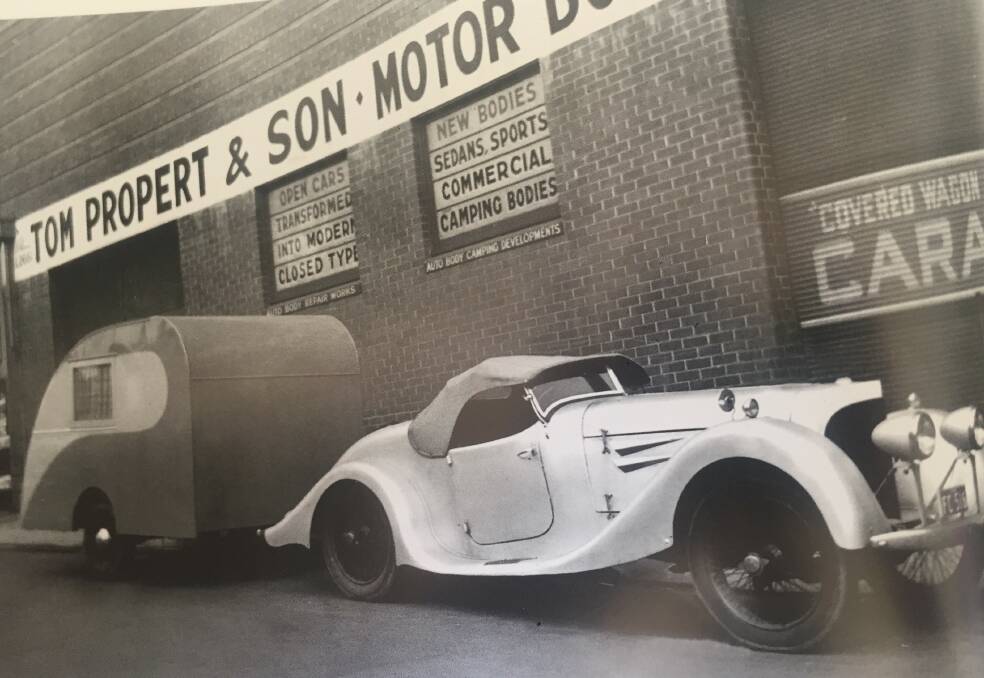
In a world first, this history compares the early evolution of RV design and usage in each country. Also featured is an international gallery of RVs adapted for non-recreational purposes.
By portraying not just the vehicles but also the trends, people and fashions of the period, this unique RV history reveals the remarkable early days of transport-based tourism and leisure.
Andrew's engaging account of the early days of the RV will appeal not only to RV enthusiasts but also to anyone with an interest in how vehicles set us free to roam the world.


